Home>Technology>Security & Surveillance>How To Lock A Skeleton Key Door
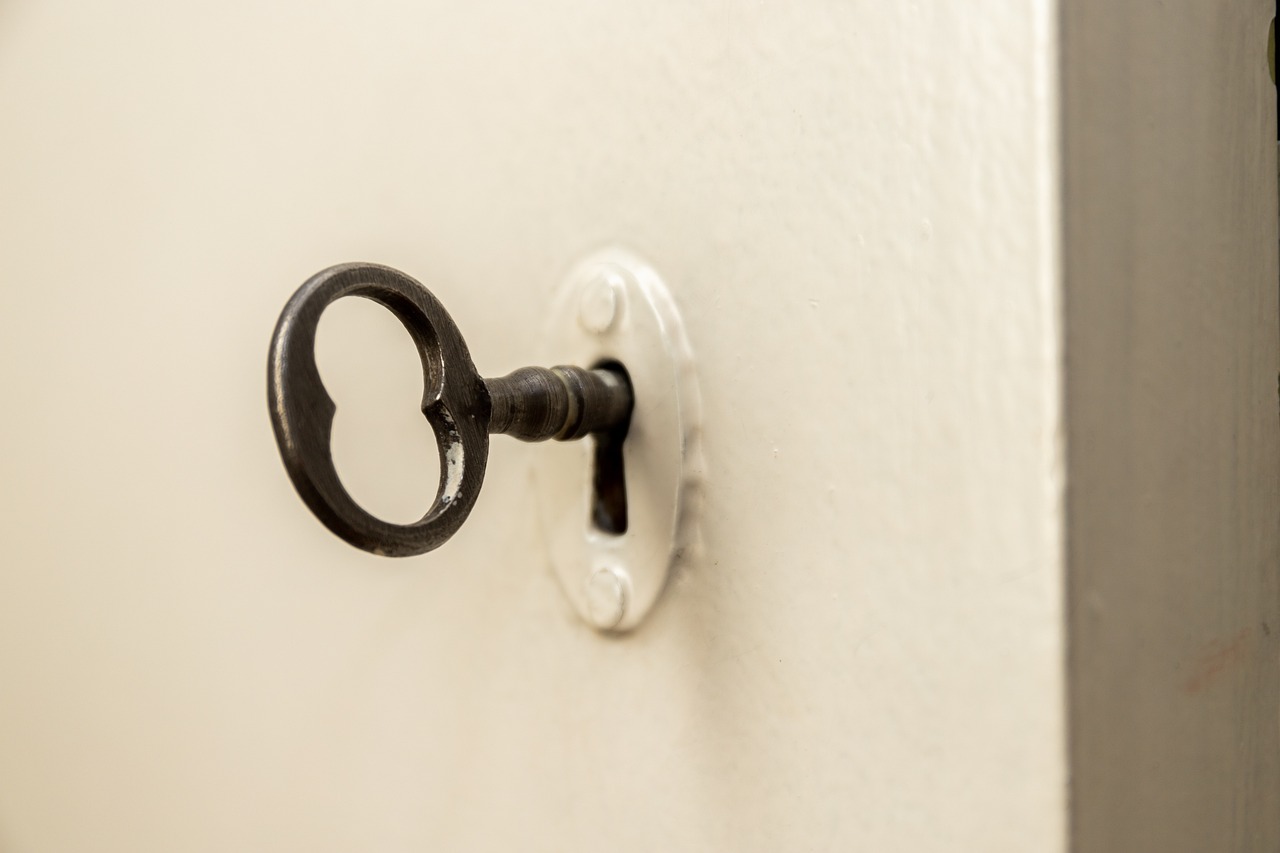

Security & Surveillance
How To Lock A Skeleton Key Door
Modified: January 6, 2024
Learn how to lock a skeleton key door for enhanced security and surveillance. Find effective tips and techniques to secure your home. Discover the best ways to protect your property.
(Many of the links in this article redirect to a specific reviewed product. Your purchase of these products through affiliate links helps to generate commission for Storables.com, at no extra cost. Learn more)
Introduction
Welcome to the world of home security and the fascinating realm of skeleton key doors. In this comprehensive guide, we will delve into the art of securing a skeleton key door, providing you with valuable insights and practical tips to safeguard your home.
Skeleton key doors exude a timeless charm, harking back to an era when intricate craftsmanship and elegant design were paramount. These doors, often found in historical homes and buildings, are imbued with character and history. However, their vintage allure comes with a unique security challenge. Traditional skeleton key locks, while evoking a sense of nostalgia, may not provide the level of security needed in today's world.
As we embark on this journey, we will unravel the intricacies of skeleton key doors, empowering you with the knowledge to fortify these doors without compromising their aesthetic appeal. Whether you are a homeowner seeking to enhance security or a history enthusiast preserving the authenticity of your property, this guide is tailored to meet your needs.
Join us as we explore the art of securing a skeleton key door, ensuring that your home remains a sanctuary of safety and elegance.
Key Takeaways:
- Embrace history and security by fortifying skeleton key doors with modern locks, preserving their timeless charm while prioritizing safety and protection.
- Navigate the intricate landscape of skeleton key doors, harmoniously blending tradition and innovation to safeguard historical treasures and fortify the sanctity of homes.
Read more: How To Lock A Door With A Key
Understanding Skeleton Key Doors
Before delving into the process of securing a skeleton key door, it is essential to grasp the fundamental characteristics of these unique entryways. Skeleton key doors, also known as bit and barrel locks, feature a cylindrical mechanism that operates with a skeleton key. This traditional locking system, prevalent in older homes and historic buildings, exudes a sense of nostalgia and antiquity.
One of the defining features of skeleton key doors is their intricate and ornate designs. Crafted with meticulous attention to detail, these doors often serve as captivating focal points, showcasing exquisite craftsmanship and historical significance. The locks themselves are a testament to the craftsmanship of a bygone era, with their intricate mechanisms and vintage allure.
While skeleton key doors evoke a sense of charm and heritage, it is important to acknowledge their potential security vulnerabilities. The traditional skeleton key locks, though imbued with historical charm, may not provide the robust security measures required in modern times. As such, homeowners are often faced with the dilemma of preserving the authenticity of these doors while ensuring the safety and security of their property.
Understanding the intricacies of skeleton key doors enables homeowners to appreciate their historical significance while also recognizing the need to fortify their security. By embracing the heritage of these doors and implementing modern security measures, homeowners can strike a harmonious balance between preserving tradition and prioritizing safety.
Now that we have gained insight into the essence of skeleton key doors, let us proceed to the next step: assessing your skeleton key door to determine the most suitable security measures.
Assessing Your Skeleton Key Door
Before embarking on the journey of securing a skeleton key door, it is crucial to conduct a thorough assessment of the door and its existing locking mechanism. This evaluation serves as the foundation for devising an effective security strategy tailored to the unique characteristics of skeleton key doors.
Commence the assessment by closely examining the condition of the door itself. Look for any signs of wear and tear, such as warped frames, deteriorating wood, or damaged hinges. Identifying these structural issues is essential, as they can impact the overall security of the door and the effectiveness of any new locking system.
Next, scrutinize the existing skeleton key lock. Assess its functionality, durability, and susceptibility to tampering. It is essential to determine whether the current lock is in working condition and whether it provides adequate security. Keep in mind that while the vintage charm of a skeleton key lock is alluring, it may not offer the level of protection required in the present day.
Consider the surrounding environment and the specific security needs of your property. Factors such as the location of the door, the frequency of use, and the potential security risks should be taken into account. For instance, a skeleton key door leading to a secluded backyard may necessitate different security measures compared to one facing a bustling street.
Furthermore, evaluate the aesthetic and historical significance of the door. Determine the extent to which you wish to preserve its original features while enhancing security. Balancing the preservation of historical authenticity with the implementation of modern security measures is a pivotal consideration during the assessment process.
By meticulously assessing your skeleton key door, you lay the groundwork for informed decision-making when selecting and installing a new locking system. This comprehensive evaluation empowers you to address any structural or security concerns while honoring the unique heritage of your skeleton key door.
With a thorough assessment complete, the next step involves choosing the right lock to enhance the security of your skeleton key door.
Choosing the Right Lock
When it comes to fortifying a skeleton key door, selecting the right lock is a pivotal decision that significantly impacts the security and functionality of the entryway. As you navigate the myriad of locking options available, consider the following factors to ensure that your chosen lock aligns with the unique characteristics of a skeleton key door.
- Compatibility: Prior to selecting a new lock, ascertain its compatibility with the existing structure of the skeleton key door. Consider the dimensions of the door, the type of material it is crafted from, and any potential modifications required to accommodate the new lock.
- Security Features: Evaluate the security features offered by the prospective locks. Look for robust mechanisms that provide enhanced protection against unauthorized entry, such as pick-resistant cylinders, reinforced strike plates, and tamper-resistant designs.
- Aesthetic Harmony: Strive to find a lock that seamlessly integrates with the aesthetic appeal of the skeleton key door. While modern locks offer advanced security features, it is essential to select one that complements the historical charm and design of the door, preserving its visual allure.
- Functionality: Consider the practical aspects of the lock, such as ease of use, durability, and compatibility with keyless entry systems if desired. A well-rounded lock not only enhances security but also facilitates convenient access for authorized individuals.
- Historical Sensitivity: For homeowners keen on preserving the historical authenticity of their skeleton key door, explore options that emulate the vintage charm of traditional locks while incorporating modern security enhancements.
As you navigate the selection process, consult with security professionals or locksmiths who possess expertise in securing historic doors. Their insights can prove invaluable in identifying the most suitable lock that strikes a harmonious balance between security, functionality, and historical preservation.
By meticulously considering these factors, you can make an informed decision when choosing a lock that not only bolsters the security of your skeleton key door but also honors its rich heritage. With the ideal lock identified, the next step involves the meticulous installation of the chosen locking system.
To lock a skeleton key door, insert the key and turn it clockwise to engage the locking mechanism. Then, remove the key to secure the door.
Installing the Lock
As you embark on the installation of a new locking system for your skeleton key door, meticulous attention to detail and precision are paramount to ensure the seamless integration of the lock while preserving the door’s historical integrity. Whether enlisting the expertise of a professional locksmith or undertaking the installation yourself, the following guidelines will facilitate a successful and secure implementation of the chosen lock.
- Preparation: Commence by thoroughly reviewing the manufacturer’s instructions accompanying the new lock. Familiarize yourself with the components and the installation process, ensuring that you have all the necessary tools and materials at hand.
- Remove Existing Hardware: Carefully disassemble the existing skeleton key lock and associated hardware, exercising caution to avoid causing damage to the door or surrounding elements. Take note of any specific configurations or modifications required to accommodate the new lock.
- Alignment and Fit: Prior to installing the new lock, meticulously assess its alignment with the door and the precise fit within the designated space. Ensure that the lock aligns seamlessly with the door’s design and operates smoothly without any obstructions.
- Secure Installation: Follow the manufacturer’s guidelines to securely affix the new lock, paying close attention to the proper positioning of screws, bolts, and strike plates. Verify that the lock is firmly anchored to the door, mitigating the risk of tampering or unauthorized access.
- Functional Testing: Upon completing the installation, rigorously test the functionality of the new lock. Verify that it operates smoothly, without any resistance or malfunctions. Test the key’s compatibility and the responsiveness of the locking mechanism to ensure optimal performance.
- Final Adjustments: Conduct any necessary adjustments to fine-tune the lock’s operation and alignment. Address any minor discrepancies or irregularities to guarantee the seamless functionality and security of the newly installed locking system.
Throughout the installation process, maintain a keen focus on preserving the historical authenticity of the skeleton key door while integrating the modern locking system with precision and care. Should you encounter any challenges or uncertainties during the installation, seeking guidance from experienced locksmiths or professionals well-versed in securing historic doors can provide invaluable assistance.
With the new lock securely installed and seamlessly integrated with the skeleton key door, the final step involves comprehensive testing to ensure its reliability and effectiveness in fortifying the security of your home.
Read more: How To Lock Key Fob Door
Testing the Lock
Upon the successful installation of a new locking system for your skeleton key door, thorough testing is essential to validate its reliability, functionality, and ability to fortify the security of your home. Rigorous testing procedures will ascertain the effectiveness of the lock, providing you with the assurance that your historical entryway is safeguarded with a modern, robust security measure.
Initiate the testing phase by conducting comprehensive assessments of the lock’s operational capabilities. Test the key’s insertion and rotation within the lock, ensuring smooth and unhindered functionality. Verify that the lock engages and disengages seamlessly, without any resistance or irregularities that could impede its operation.
Next, evaluate the lock’s response to potential stressors and tampering attempts. Apply gentle pressure to the door and the lock, simulating external forces that may be exerted during attempted unauthorized entry. The lock should exhibit resilience and steadfastness, maintaining its integrity and securing the door against potential breaches.
Engage in real-world scenarios by testing the lock’s performance during both daytime and nighttime conditions. Assess its ease of use and reliability when accessing the door, ensuring that it provides convenient and secure entry while deterring unauthorized intrusion.
Consider enlisting the assistance of trusted individuals to participate in the testing process, garnering diverse perspectives on the lock’s functionality and user experience. Their feedback can offer valuable insights into the practicality and effectiveness of the new locking system, contributing to a comprehensive evaluation of its performance.
Furthermore, explore the integration of keyless entry options if applicable, ensuring that the lock seamlessly accommodates modern access technologies while maintaining its core security features. Verify the compatibility and reliability of keyless entry mechanisms, if implemented, to guarantee a multifaceted approach to securing your home.
Throughout the testing phase, maintain meticulous records of the lock’s performance, including any observations, adjustments, or notable findings. These insights can inform future maintenance and optimization efforts, contributing to the sustained security and functionality of the locking system.
By subjecting the newly installed lock to rigorous testing and real-world scenarios, you can instill confidence in its ability to fortify your skeleton key door, preserving its historical allure while prioritizing the safety and security of your home.
With the lock successfully tested and proven to be a stalwart guardian of your historical entryway, you have embarked on a journey that harmoniously blends tradition with modern security, ensuring that your home remains an oasis of heritage and protection.
Conclusion
Securing a skeleton key door is a captivating endeavor that intertwines historical preservation with modern security measures, culminating in a harmonious fusion of tradition and protection. Throughout this comprehensive guide, we have navigated the intricate landscape of skeleton key doors, delving into their historical significance and the art of fortifying their security without compromising their timeless allure.
By understanding the essence of skeleton key doors, we have gained a profound appreciation for their historical and aesthetic value, recognizing them as cherished artifacts that embody the craftsmanship and heritage of a bygone era. This understanding has laid the groundwork for implementing security measures that honor the unique characteristics of these doors while addressing the imperative need for modern protection.
Through meticulous assessment, the selection of the right lock, precise installation, and rigorous testing, we have embarked on a transformative journey that transcends mere security enhancement. We have embraced the responsibility of safeguarding historical treasures, preserving their legacy for future generations, and fortifying the sanctity of our homes.
As we conclude this journey, we stand at the threshold of a new chapter, one where the elegant charm of skeleton key doors harmonizes with the steadfast security of modern locking systems. Our homes now embody a seamless blend of tradition and innovation, where the echoes of history resonate alongside the assurance of safety and protection.
May this guide serve as a beacon of inspiration for homeowners, history enthusiasts, and security aficionados alike, illuminating the path toward securing skeleton key doors with reverence and vigilance. Let us continue to cherish the heritage encapsulated within these doors, nurturing their legacy while fortifying the foundations of security that safeguard our homes.
As we bid adieu to this exploration, let us carry forward the spirit of preservation and protection, ensuring that the allure of skeleton key doors endures through the ages, safeguarded by the unwavering vigilance of those who cherish their historical significance.
Frequently Asked Questions about How To Lock A Skeleton Key Door
Was this page helpful?
At Storables.com, we guarantee accurate and reliable information. Our content, validated by Expert Board Contributors, is crafted following stringent Editorial Policies. We're committed to providing you with well-researched, expert-backed insights for all your informational needs.
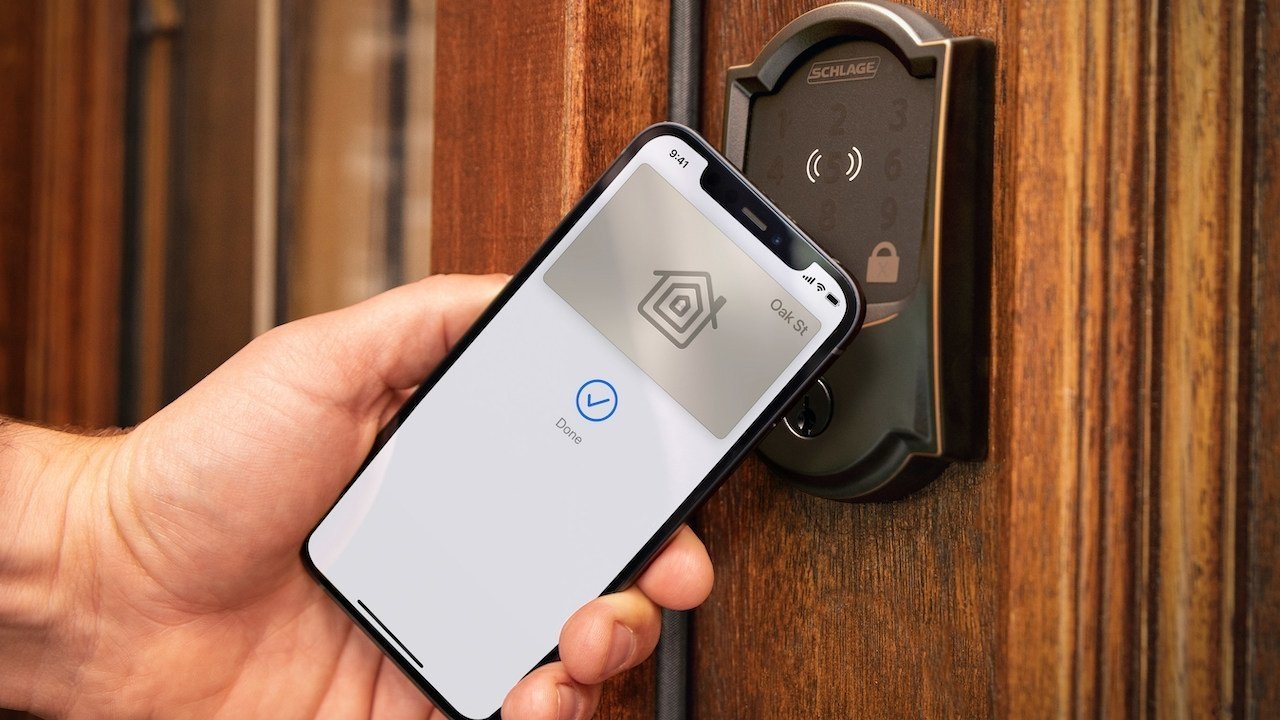
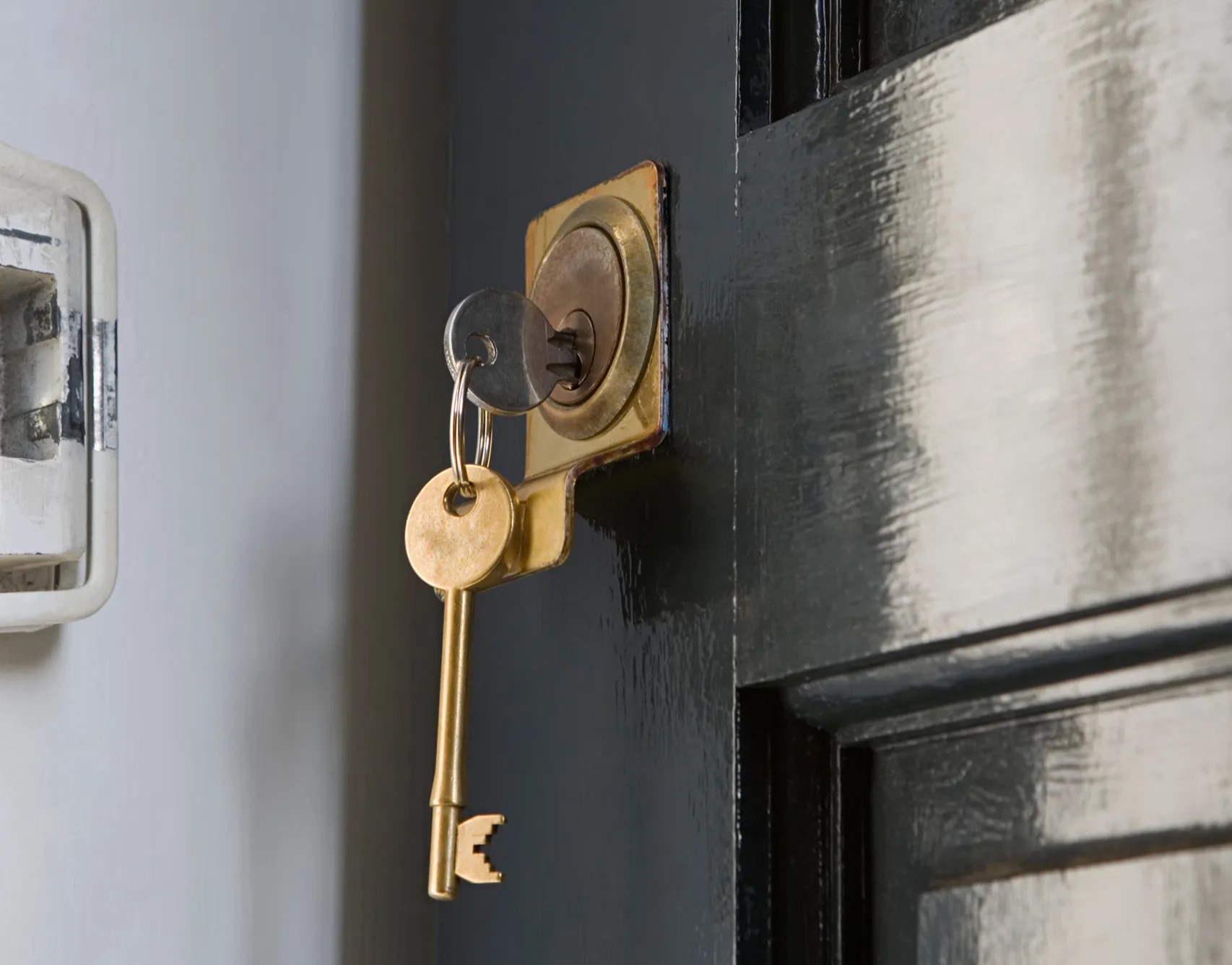
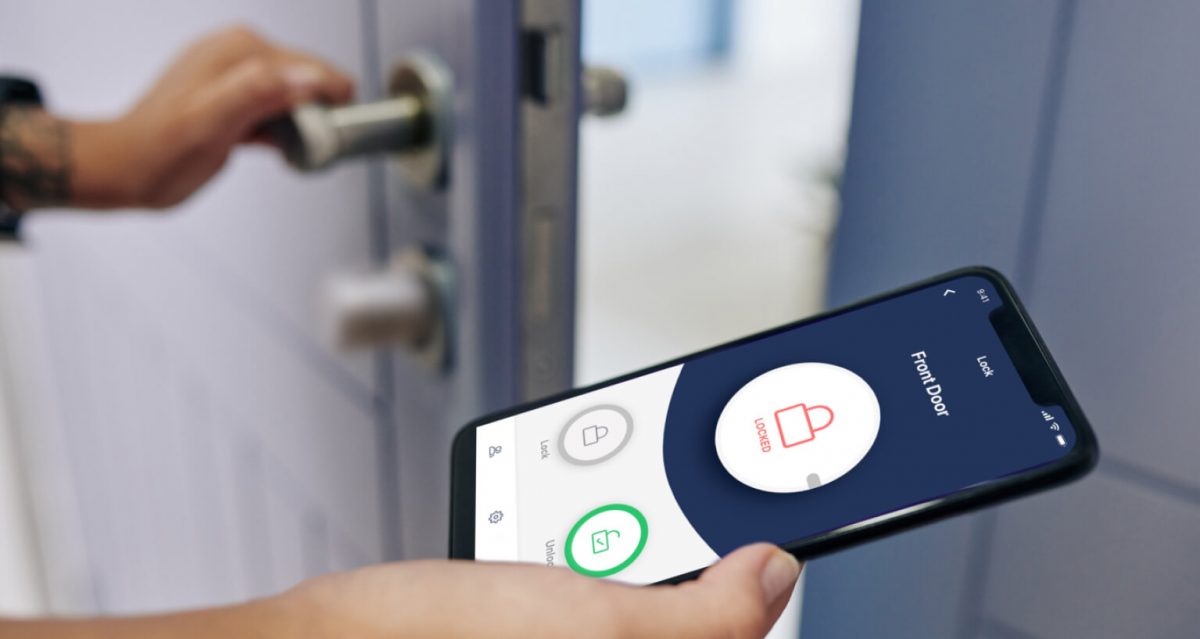
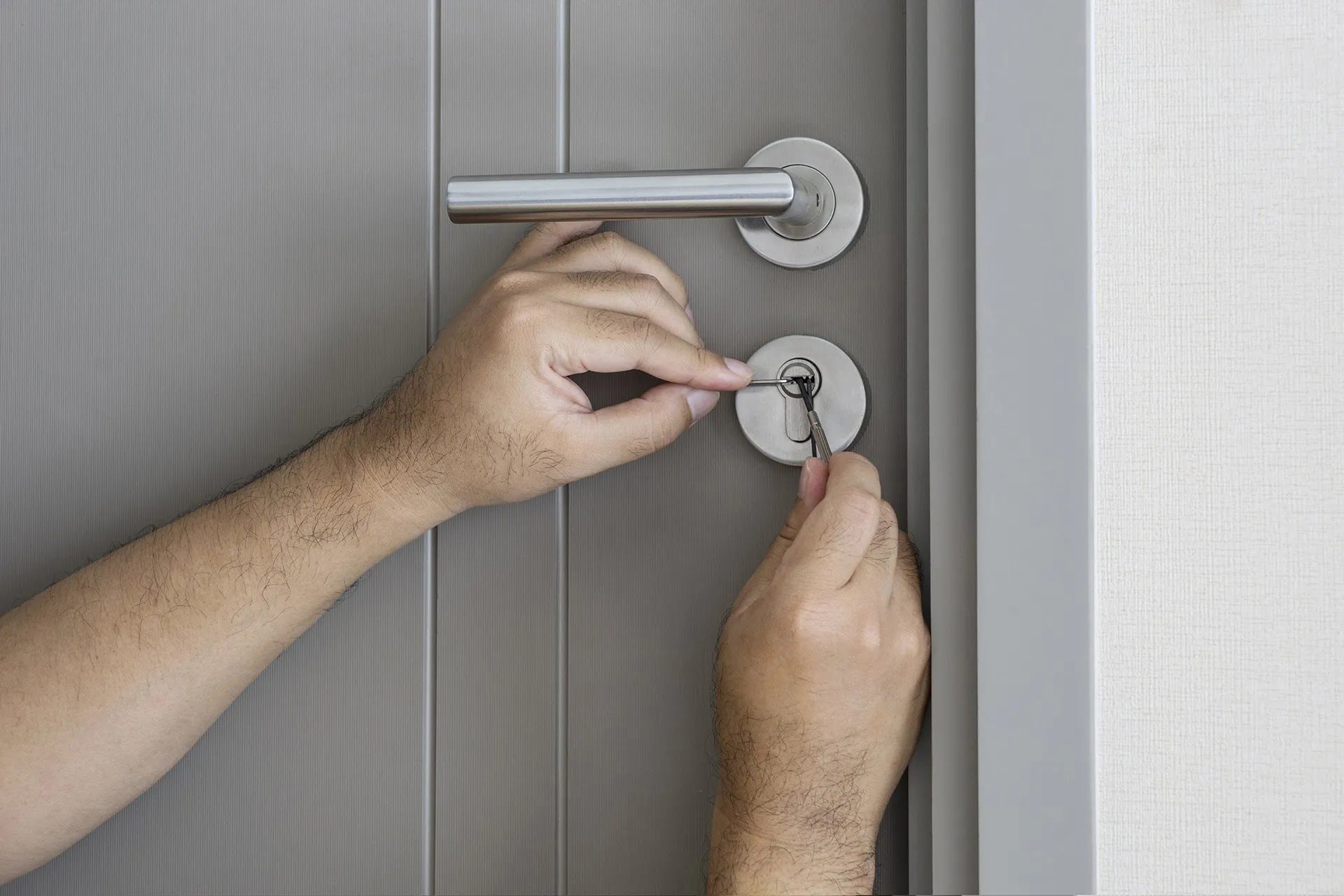
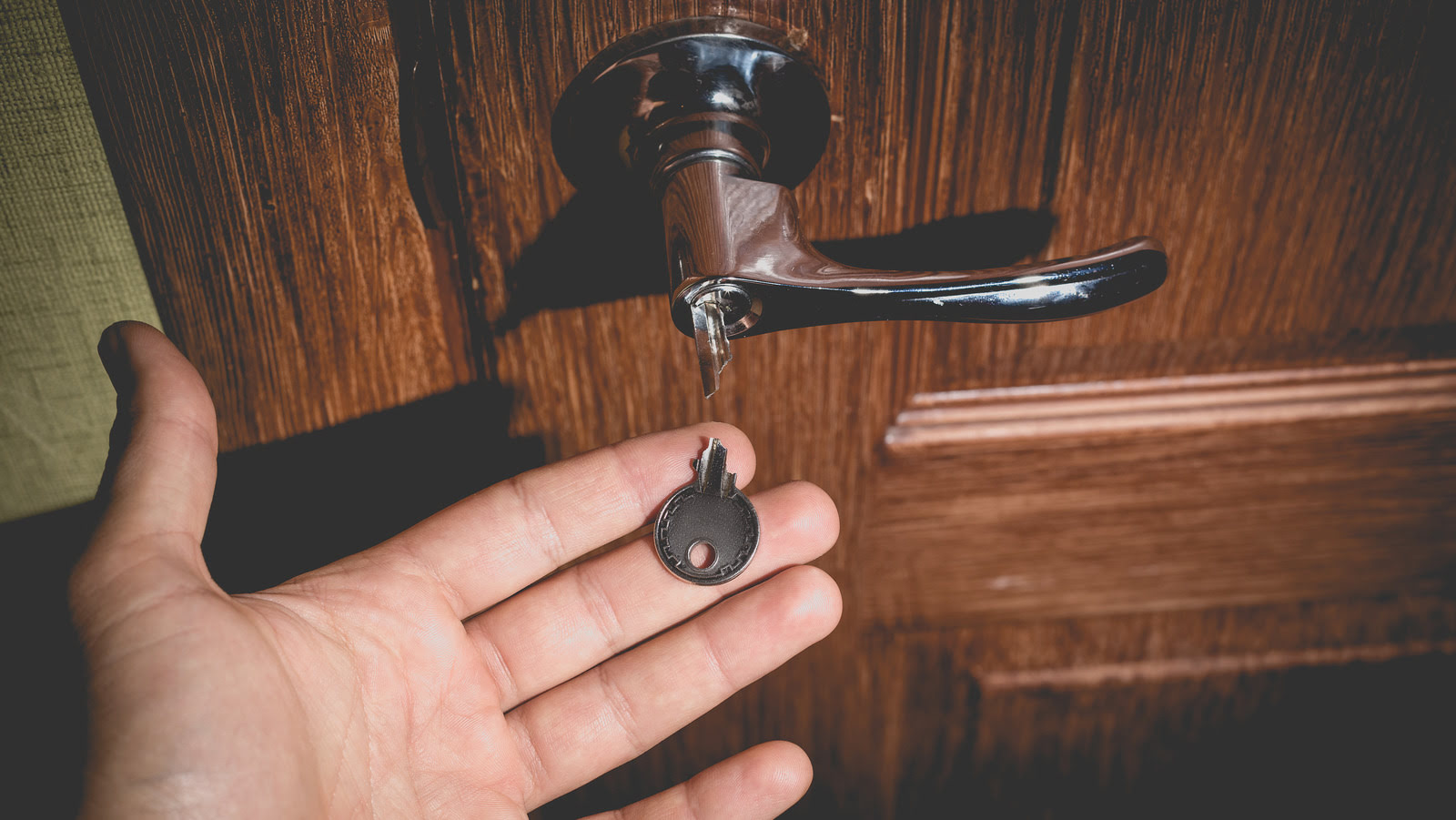
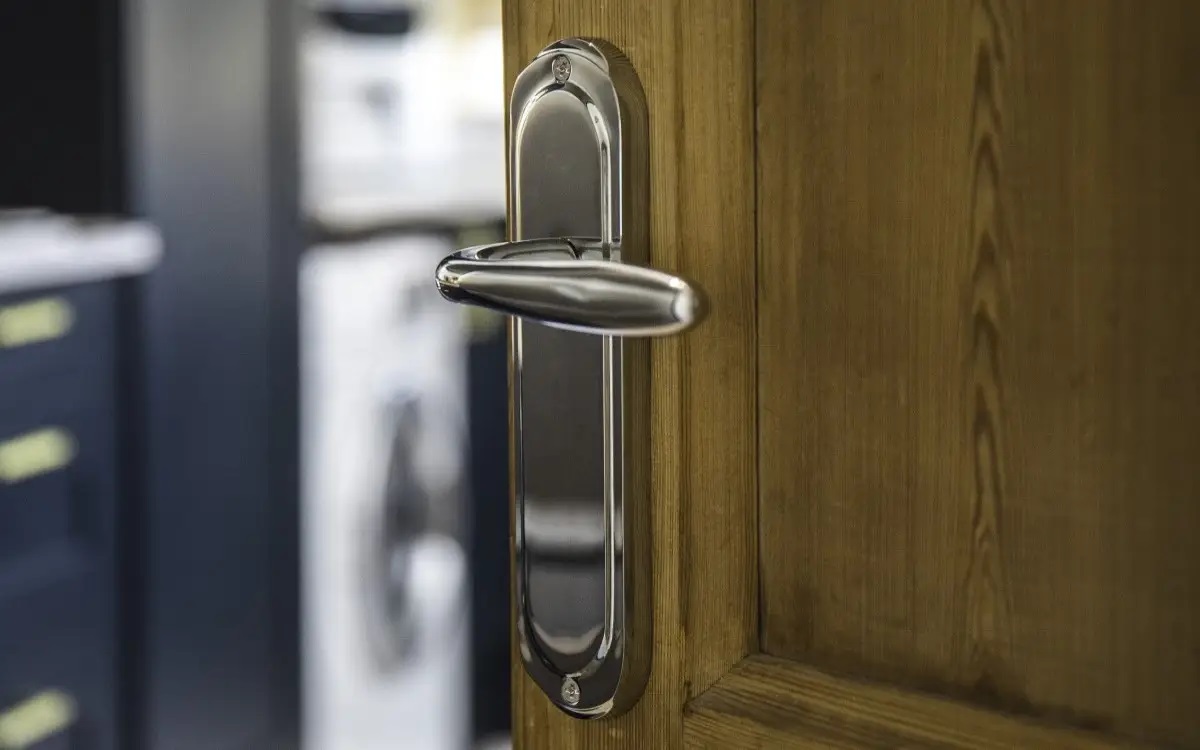
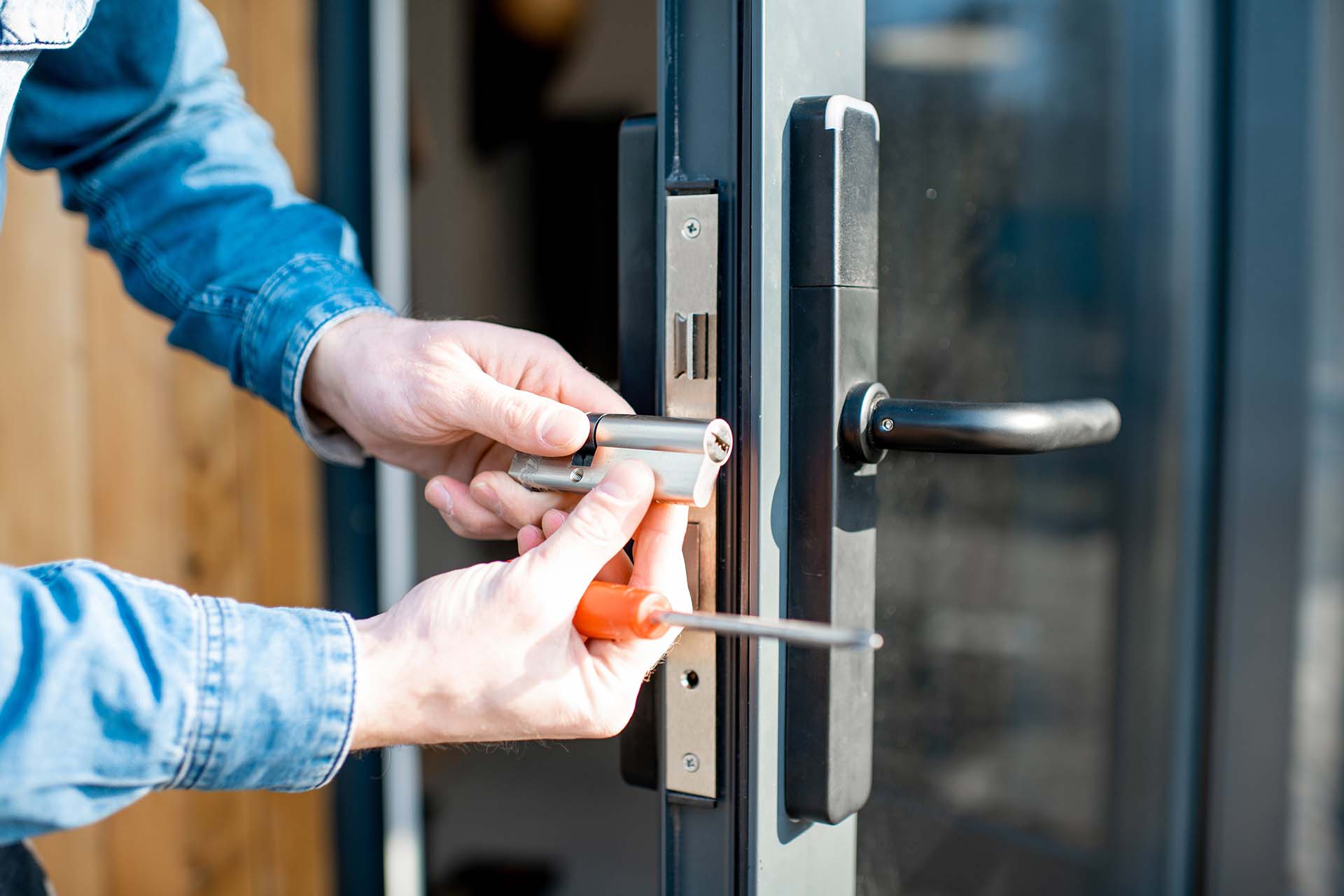
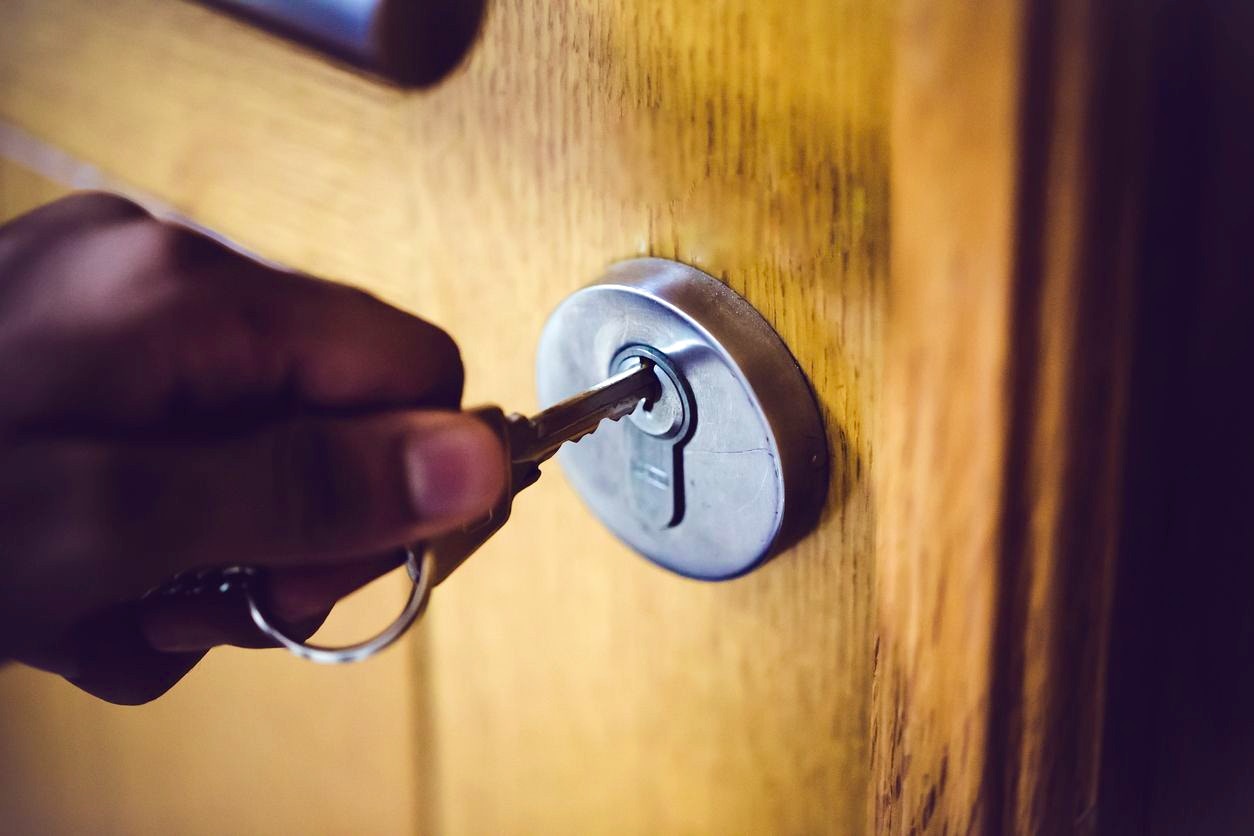

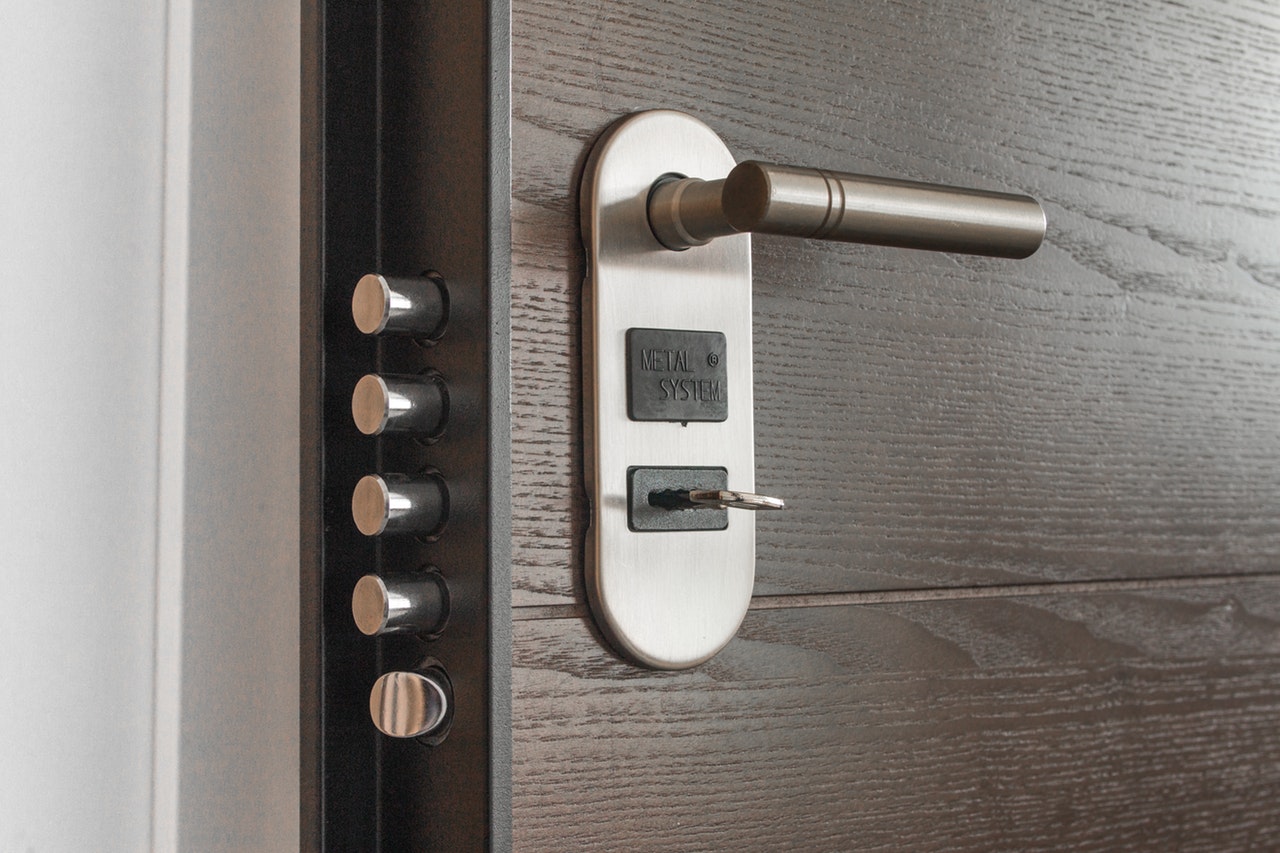
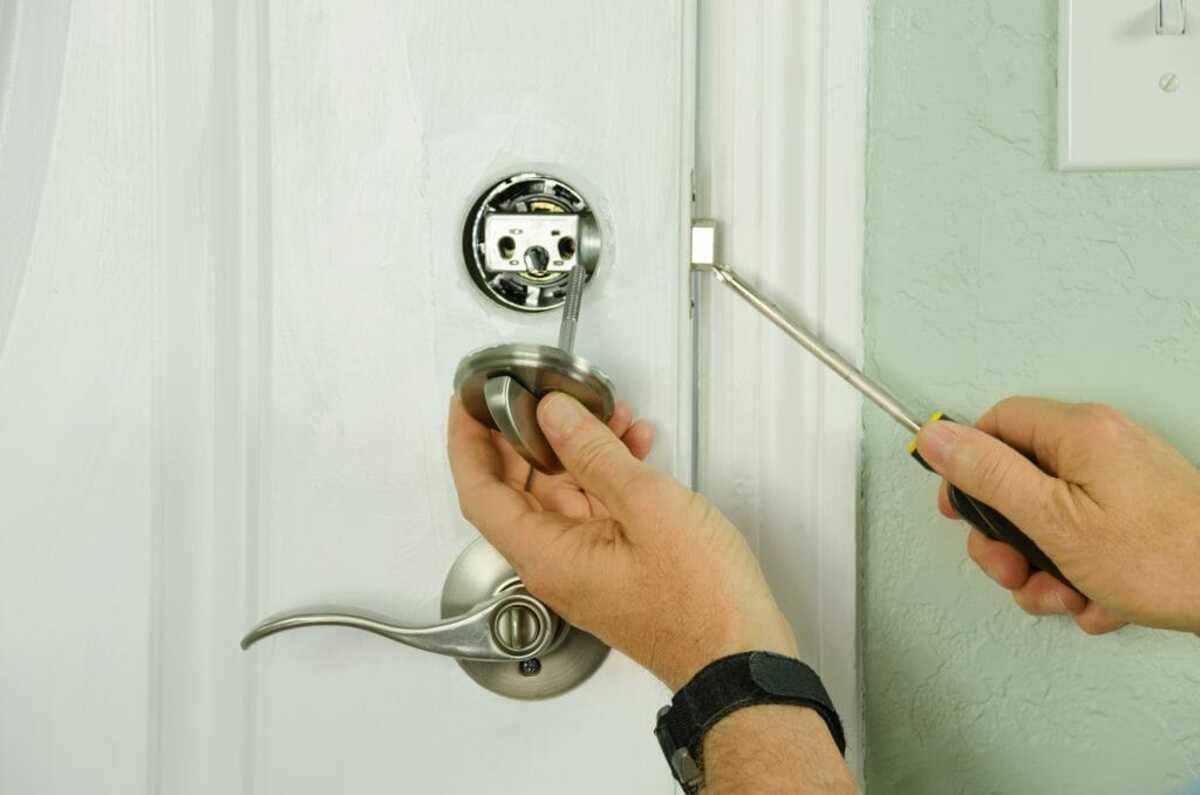
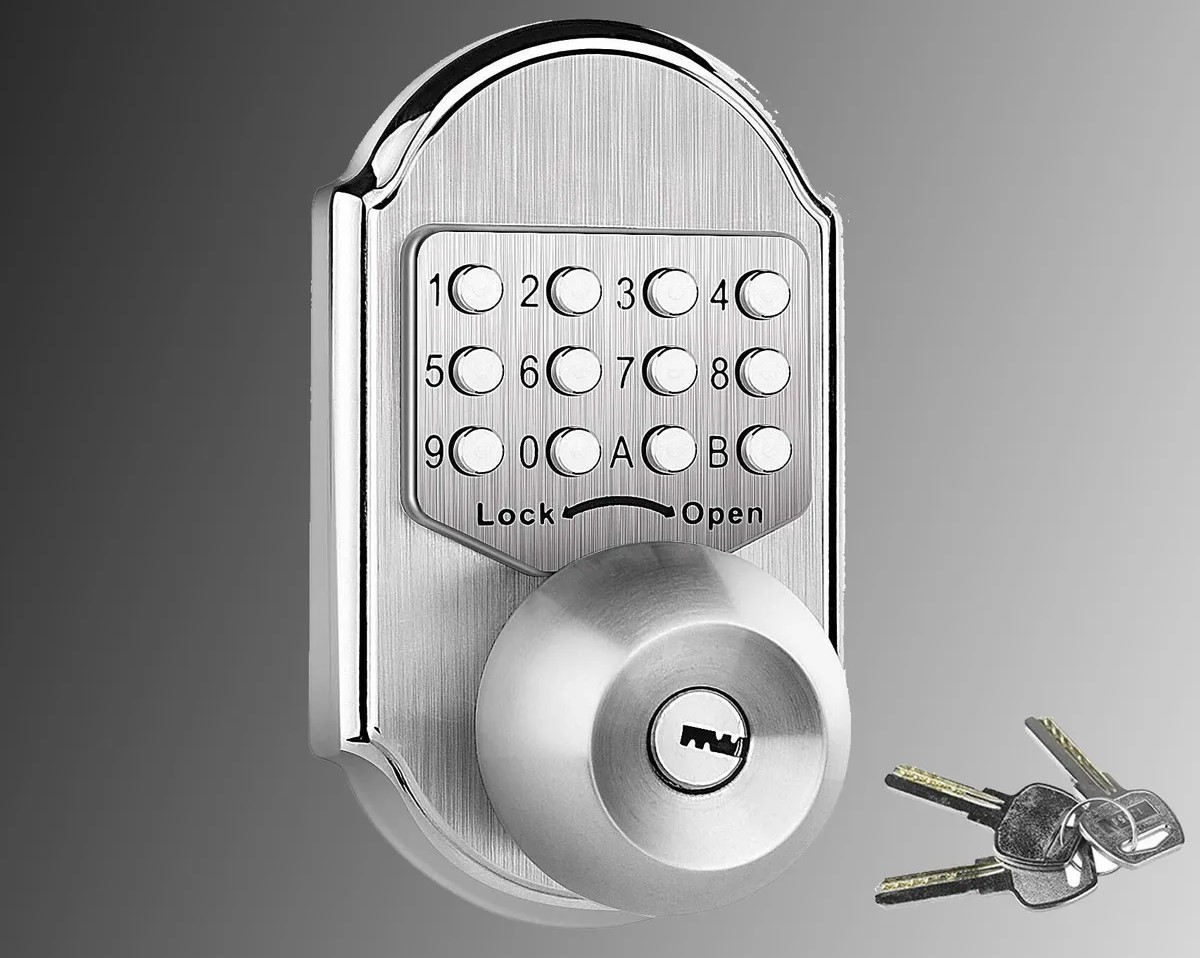
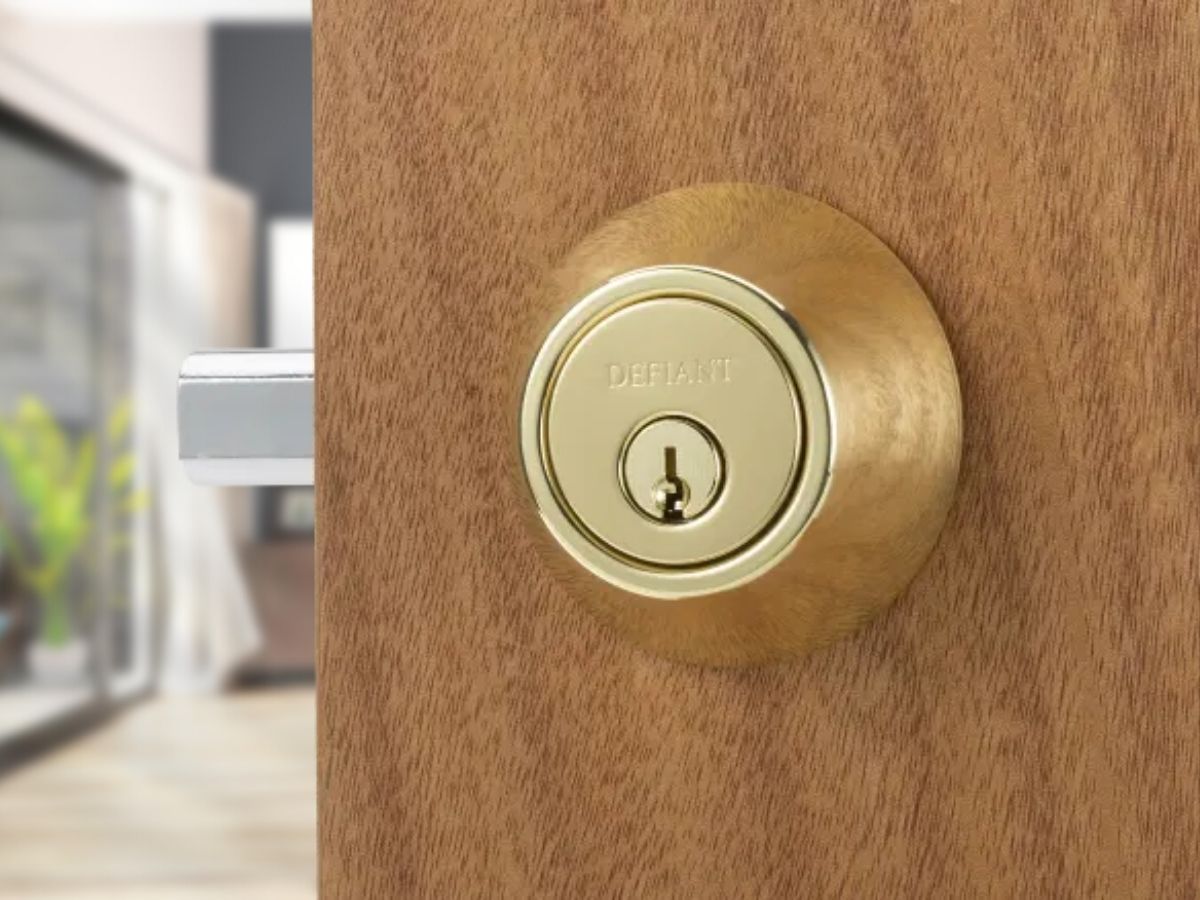
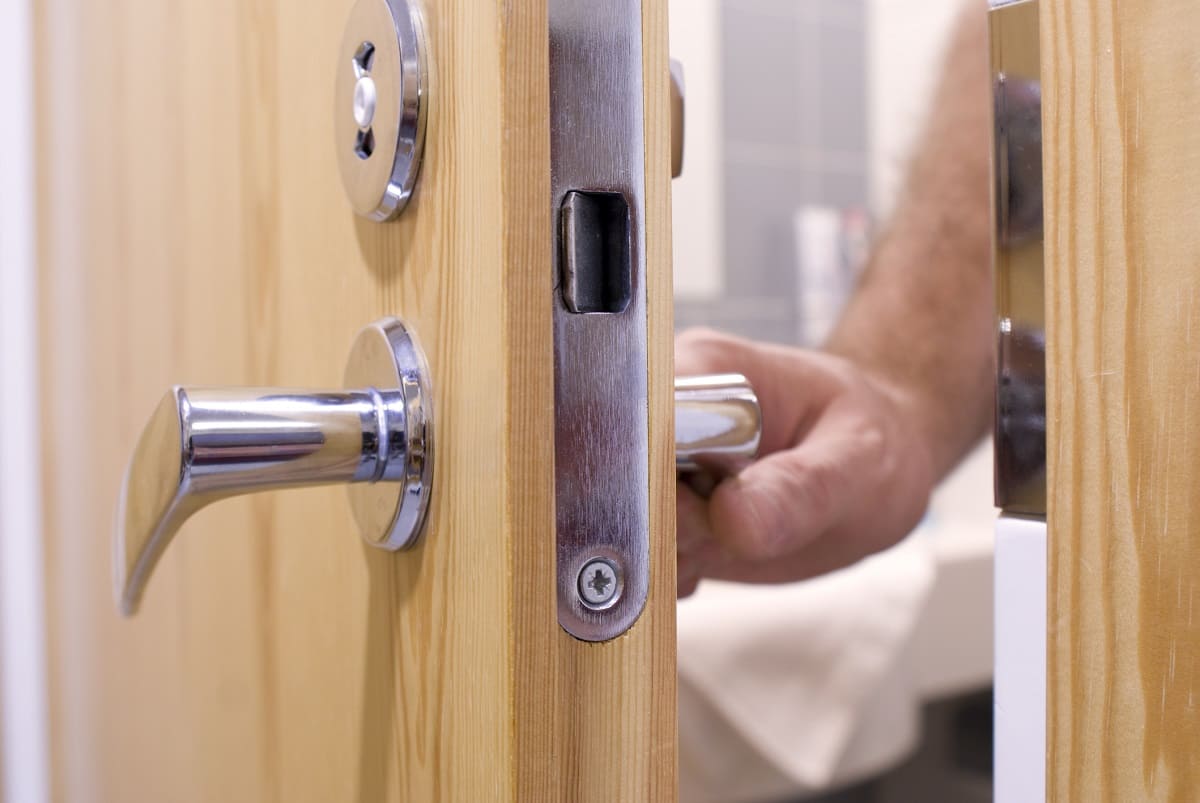

0 thoughts on “How To Lock A Skeleton Key Door”